Why do anime and manga characters tend to wear 'gloves'?

If you watch anime or manga, you'll often see characters wearing gloves all the time, even though it's not to protect them from the cold or to keep them from getting dirty. The online media
Why cartoon characters wear gloves-YouTube
Vox asks John Kanemaker, a professor at New York University who studies the history of animation, ``Have you ever been asked, 'Why do anime characters wear gloves?'

Mr. Kanemaker responded, 'I've rarely been asked about characters and gloves, but if I'm asked such a question, I have some answers.'

The most basic theory as to why Kanemaker talks about `` characters wear gloves '' is that `` gloves saved time ''.

Especially in the early days of the anime boom, all processes were hand-drawn, and the same pictures were drawn over and over again to express fine movements. Therefore, techniques to make the process more efficient have shaped the style of animation and manga.
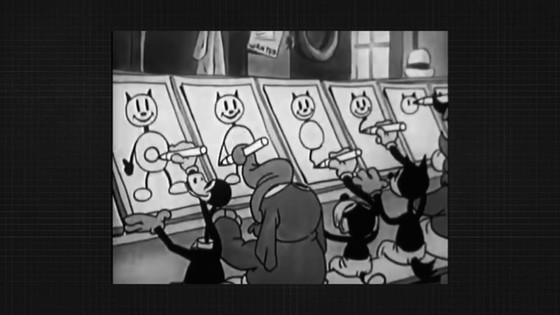
For example, Felix the Cat , a character with a black cat motif, originally had a square face and limbs.
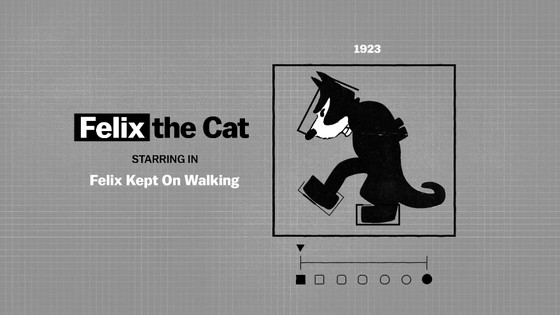
As Felix's popularity grew, animator Bill Nolan made the character's sculpt more rounded overall.
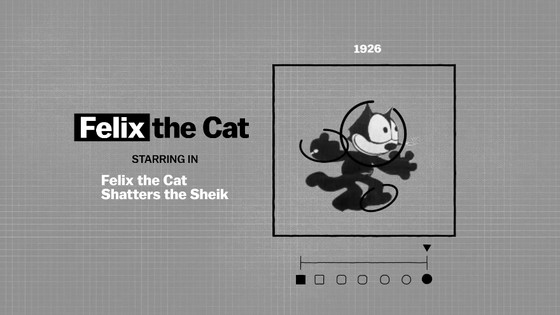
For a body shape that stretches like a rubber hose with limbs at the end, there is no need to create realistic body shapes such as arms and knees. Also, rounded shapes were much faster to draw than angular ones. Therefore, it seems that it has become popular among animators as a way to draw characters without spending too much time.
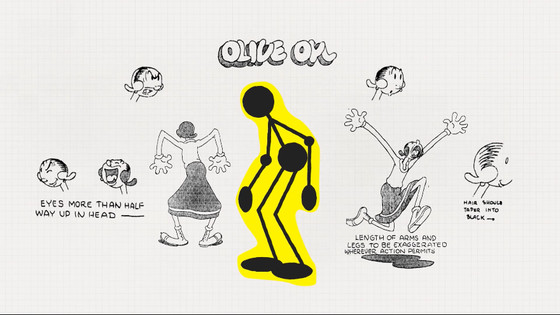
The fact that you can speed up by making a round shape also applies to the depiction of 'hands' including fingers and joints. In addition to that, in the era when animation was black and white, there was another problem about 'drawing hands' other than 'drawing hands takes time'. The image below is a scene from '
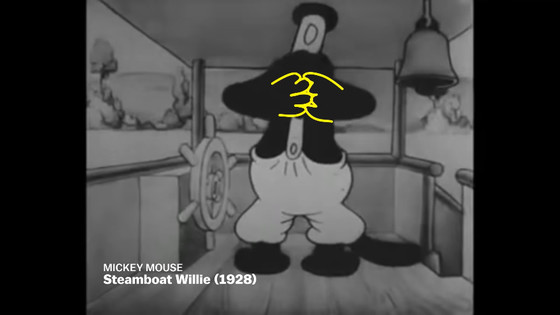
Mickey Mouse had black hands and feet like Felix in the first '
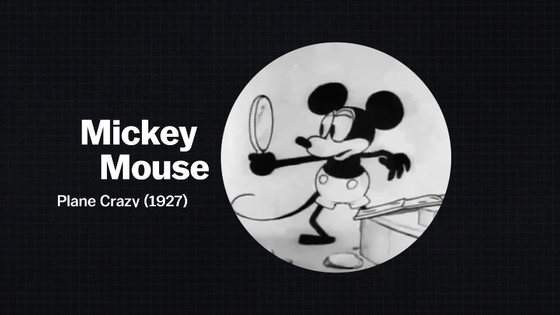
Vox describes the gloved character as 'a non-human doing very human things.'
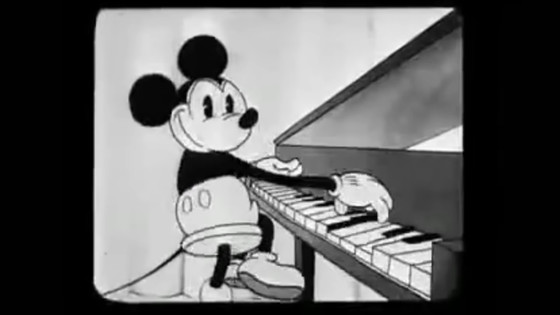
In fact, Walt Disney said in his 1968 biography
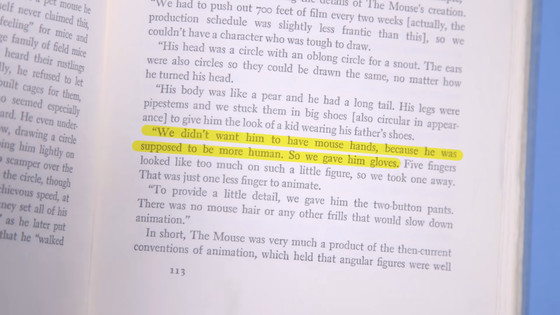
In other words, in early animation production, 'making characters wear gloves' was not only easy to draw repeatedly and saved time, but also provided contrast to distinguish body color and hand color in black and white animation. In addition to doing so, the intention was to bring the non-human to life and accentuate the gesture.
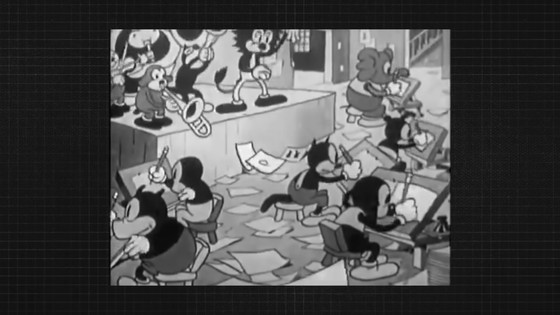
Vox cites 1940's '
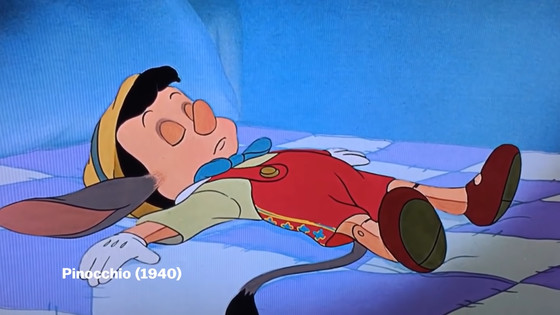
However, Pinocchio, who was transformed into a real human by fairies, lost his gloves. Vox puts it this way: 'When Pinocchio becomes a boy, he doesn't need gloves anymore.'

In addition, Vox points out that, apart from practical reasons such as speed and contrast, less practical reasons also affected the character's white gloves. Many of the animations of the time, including 'Mickey's Opera Tour,' were influenced by

In his book

Related Posts:







